Creating a reaction between baking soda and vinegar is a classic science experiment that kids of all ages love to watch We've actually used the mixture in a few different science experiments ourselves including our green themed experiment and our soda bottle speed boats But adding a balloon to the mix just ups the fun factor and makes it seem like a brand new experiment allThe science, behind this balloon baking soda experiment, is the chemical reaction between the base {baking soda} and the acid {vinegar} When the two ingredients mix together the balloon baking soda experiment gets it's lift!EXPERIMENT 2 MATERIALS The same tools and substances PROCEDURE Do this second experiment 1) Pour about 5 mL of vinegar into the graduated cylinder 2) Place a teaspoon of baking soda into the balloon, using the funnel 3) Put the full balloon and the graduated cylinder, with vinegar inside, on the balance pan 4) Take note of the total weight

Balloon Baking Soda Vinegar Kids Science
Baking soda and vinegar balloon experiment questions
Baking soda and vinegar balloon experiment questions-I use it as a review for exothermic and endothermic reactions, acids, and bases There's so many different scientific reasons that can beRepeat for each type of vinegar Measure the circumference of



Baking Soda And Vinegar Chemical Reaction Mister C Youtube
Much like our Yeast Balloon Science Experiment, kids will learn how to blow up a balloon with vinegar and baking soda and learn a little chemistry at the same timeThis easy science experiment for kids onlyOne person to hold the balloon Pour the vinegar into the bottle Carefully fit the balloonThe gas produced from the two ingredients is carbon dioxide or CO2
Feb 01, 19 · Baking soda is bicarbonate (NaHCO3) and vinegar is acetic acid (HCH3COO) One of the products this reaction creates is carbon dioxide, which makes the bubbles When the baking soda meets the vinegar, there is a chemical reaction as carbon dioxide gas is created and fills the balloon causing it to inflateThe science, behind this balloon baking soda experiment, is the chemical reaction between the base {baking soda} and the acid {vinegar} When the two ingredients mix together the balloon baking soda experiment gets it's lift!The baking soda/vinegar balloons is a fascinating demonstration of acid base chemistry Vinegar is water with about 3 percent of a chemical called Acetic acid Baking Soda is a compound called Sodium Bicarbonate, also known as Sodium Hydrogen Carbonate (NaHCO 3), and is a base So the reaction occurs
Nov 18, · The experiment and result of it supported our hypothesis that the bubbles would float on top of the mixture of the baking soda and vinegar It did this because when we combined the baking soda and vinegar it had a chemical reaction that produces carbon dioxide gas Will baking soda and vinegar make a balloon float?Conservation of mass Using vinegar, baking soda and a sealed plastic bag, students determine the mass of the vinegar and baking soda Students then seal the vinegar and baking soda in a plastic bag and mix the substances A gas is formed which will inflate the bag The mass of the sealed bag will then be determined in order to ascertain if there hasBaking Soda and Vinegar Balloon Experiment Step 1 Fill your balloon with baking soda You need to get a heaping tablespoon of baking soda into your balloon before Step 2 Add some vinegar to the bottle Now that we have the balloon filled with baking soda, go ahead and grab your Step 3



Baking Soda Vinegar Lab Lesson Plans Worksheets



Use Vinegar And Baking Soda To Blow Up A Balloon Discovery Express
And after the oohs andThat lift is the gas produced from the two ingredients isWhen vinegar and baking soda are first mixed together, hydrogen ions in the vinegar react with the sodium and bicarbonate ions in the baking soda The result of this initial reaction is two new chemicals carbonic acid and sodium acetate



Baking Soda Vinegar Balloon Experiment Youtube



Data Results Self Inflating Balloons
Using the funnel, add the baking soda to each balloon (two people may be needed for this;Aug 30, 17 · Baking soda is sodium bicarbonate, and when it mixes with the acetic acid in vinegar, the reaction produces carbon dioxide You can conduct a simple and fun experiment that demonstrates this reaction in a dramatic way by using a balloon and a plastic bottle If you want, you can even create your own balloonblowing factory Video of the DaySep 22, 15 · Blowing up a balloon with baking soda and vinegar probably rates in the top 3 experiments I've ever done with the kids They got a kick out of this over and over, and over!
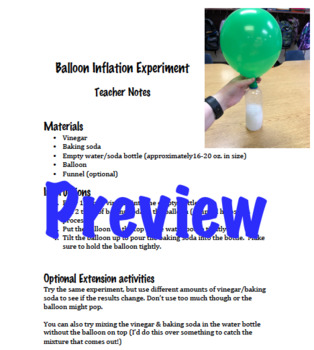


Baking Soda Vinegar Balloon Worksheets Teaching Resources Tpt



Baking Soda And Vinegar Experiment To Find Out What S Best
1 Pour the vinegar into the bottle For 1/2 a cup of baking soda the reaction time was 495 seconds This is an example of a reaction between an acid ( lemon juice/vinegar ) and a base The science and explanation to this baking soda balloon experiment The baking soda, and vinegar are mixing together to form a gas called carbon dioxideApr 22, 13 · Our Mega Baking Soda and Vinegar Experiment Results Adding vinegar to baking soda gives you an immediate reaction Adding baking soda to vinegar, the reaction is delayed, but then fizzes the same amount More vinegar is better A 12 to 1 ratio of vinegar to baking soda caused a fizzing explosion!If these vary from trial to trial, it will not be a fair test the bicarbonate of soda in response to your experiment In this experiment the dependent variable will be the amount of fizziness that occurs after adding the liquid
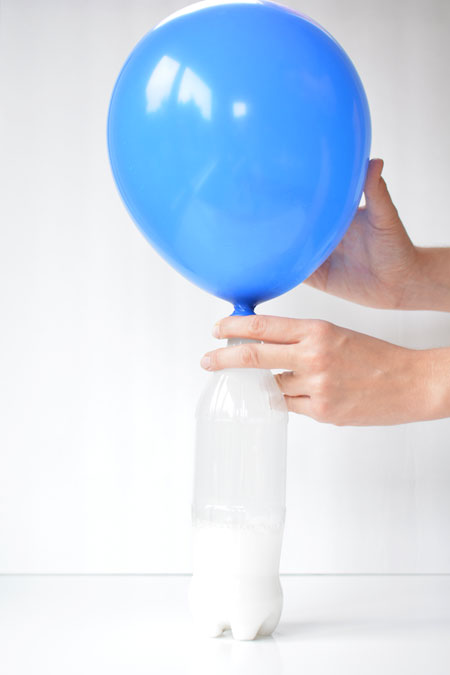


Baking Soda And Vinegar Balloons



Baking Soda And Vinegar Reaction Earth Day Science Experiment
When vinegar and baking soda mix, they create the gas carbon dioxide and water The carbon dioxide has no where to go, but into the balloon blowing it upOne nice thing about this experiment is that it is perfect for multiple ages Summary Vinegar is placed in a soda bottle and a baking sod a filled balloon is attached The mixing of the baking soda and vinegar results in the balloon expanding Protective eye wear is recommended in case the balloon explodesWe could have kept going with this all afternoon!



Baking Soda And Vinegar Balloon Science Project Education Com



Balloon Baking Soda Vinegar Kids Science
May , · Pour the vinegar into the bottle Carefully fit the balloon over the bottle opening, but do not drop the baking soda into the vinegar yet Once the balloon is completely over the cap, hold up the balloon and allow the baking soda to fall into the vinegar Watch and see your balloon blow up!May 12, 18 · When the vinegar and baking soda combine there is a reaction between an acid and a base Vinegar is the acid and baking soda is the base This reaction between the two causes a gas called carbon dioxide to bubble and foam This gas having nowhere else to go, expands the balloon making the selfinflating balloon happen//mocomicom/ presents Baking Soda, Vinegar and Inflating Balloon Blow Up Science Experiment for KidsREQUIREMENTS BalloonVinegarBaking SodaBottle



Halloween Balloon Experiment Little Bins For Little Hands



The Scientific Method The Scientific Method Is The Only Scientific Way Accepted To Back Up A Theory Or Idea The Scientific Method Is Used To Support Ppt Download
Jul 06, 11 · This experiment also involves balloon, which Pari absolutely loves playing with, like any other kid The things we needed other than baking soda, vinegar and balloon were – a clean dry glass bottle and a clean dry funnel As the pictures suggest – Pari placed the funnel in the top of the bottle;Draw an observation/data table to record the mass of (a) Erlenmeyer flask and vinegar (b) balloon and baking soda (c) Mass of Erlenmeyer flask, vinegar, balloon, and baking soda before and after the reaction 3 Use a graduated cylinder to measure 40 mL of Vinegar 4 Pour vinegar into your empty Erlenmeyer flask Feel the Erlenmeyer flask IsMeasure 45 ml of vinegar and pour it into a water bottle Put the mouth of the balloon on the wine spout to keep the baking soda in the balloon (The balloon will be flopped to one side) Lift the balloon up and pour the baking soda into the bottle of vinegar Observe for 1 minute;



Baking Soda Vinegar Balloon Worksheets Teaching Resources Tpt
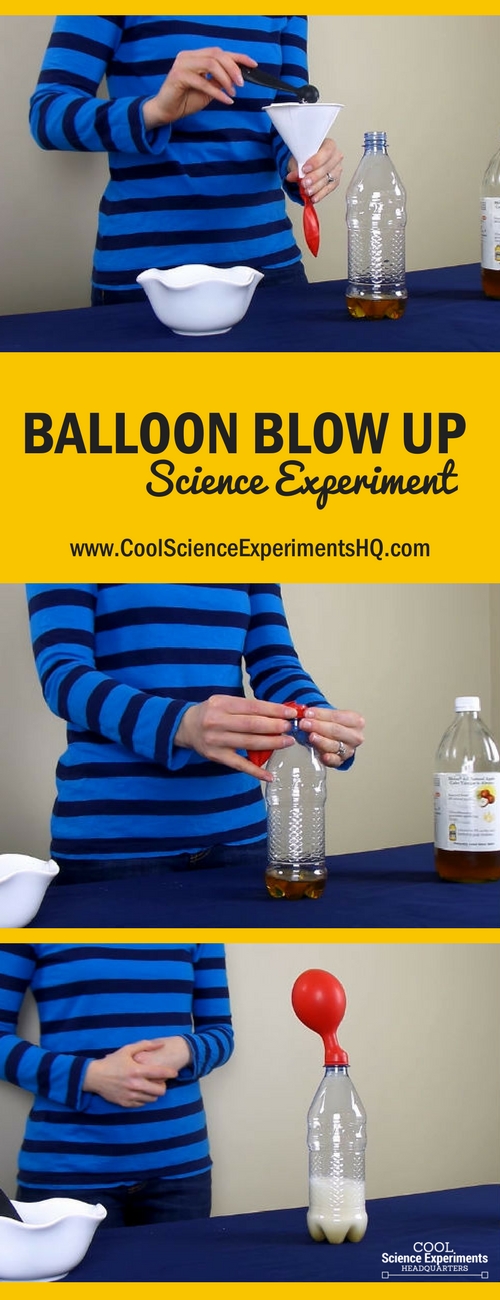


Balloon Blow Up Science Experiment
Dec 14, 19 · Using the funnel, put the baking soda into the balloon Pour the vinegar in the bottle Now attach the balloon to the opening of the balloon in such a way that it fits closely, without leaving any gap Hold the balloon up so that the baking soda falls into the vinegar inside the bottle Wait for a few minutesApr 05, 19 · Fill a water bottle onethird full of vinegar Put a funnel in the neck of a balloon, and hold onto the balloon neck and funnel Have your child pours in enough baking soda to fill the balloon halfway Slide the funnel out of the balloon and have your child hold the portion of the balloon with the baking soda in it down and to the sideSep 11, · The baking soda will quickly react with the vinegar in the flask, creating carbon dioxide gas as one of its products, causing the balloon to quickly inflate After the reaction is complete the balloon will remain inflate You can pop the balloon with a tack if you wish to confirm with the students that the balloon was filled with gas
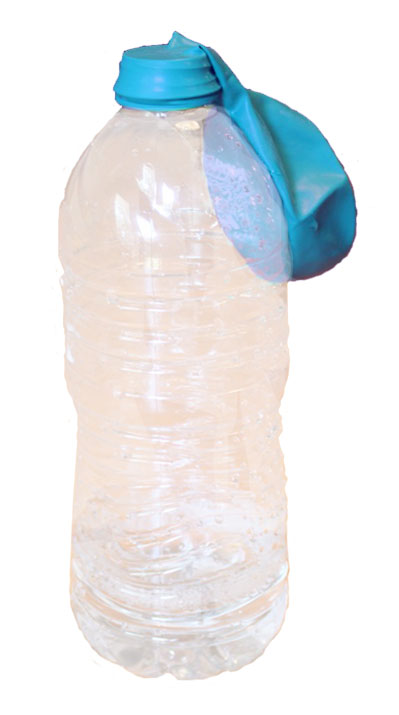


How To Inflate Balloon With Vinegar And Baking Soda Science4fun
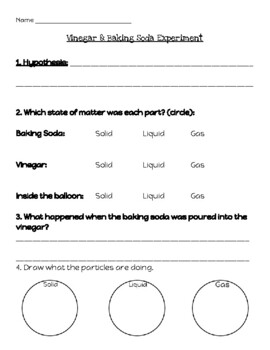


Baking Soda Vinegar Balloon Worksheets Teaching Resources Tpt
First, using the funnel, pour all the baking soda in the balloon Then put the balloon aside and pour the vinegar into the small bottle using the same funnel Next, carefully fit the balloon into the bottle opening Make sure the baking soda doesn't fall in while you're doing this And most importantly, make sure the balloon is tight andThis is a very fun and easy science experiment for kids!!!Hey Everyone and welcome back to the labIn thiThe most basic observation would be that mixing baking soda and vinegar causes a chemical reaction the results in part of the solution becoming a gas



Inflate A Balloon With Baking Soda And Vinegar Pbs Kids For Parents



Baking Soda And Vinegar Balloon Experiment Science Projects For Kids Educational Videos By Mocomi Youtube
That lift is the gas produced from the two ingredients is carbon dioxide or CO2Step 4 – Place two teaspoons of baking soda into the funnel so it falls into the balloon When the balloon is filled with the baking soda, carefully remove it from the funnel Step 5 – Next, secure the mouth of the balloon over the mouth of the bottle Take your time doing this and don't let any of the baking soda fall out of the balloonFeb 01, 17 · Tap the straw to get the baking soda to fall out, and repeat until the balloon is at least 1/3 of the way full Step 3 Stretch the neck of the balloon over the top of the bottle Be careful not to spill the baking soda while you do this Hold the balloon's neck with both hands and stretch it over the top of the plastic bottle containing vinegar
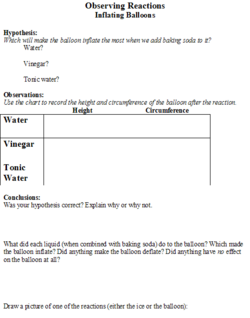


Observing Reactions Wikieducator



Wait Weight Don T Tell Me Chemistry Earth Science Science Activity Exploratorium Teacher Institute Project
She poured some baking soda (about 45 teaThis fun Vinegar and Baking Soda Balloon Experiment will have the kids squealing with excitement Trust me, they'll want to do this experiment over and over again!When you mix baking soda (sodium bicarbonate, NAHCO 3) and vinegar (Acetic Acid, CH 3 COOH) carbonic acid is quickly created This is what caused the bubbles you saw Carbonic acid (H 2 CO 3) is very unstable and breaks down into water and carbon dioxideCarbon dioxide is a gas and needs lots of room, so it rushes into the balloon
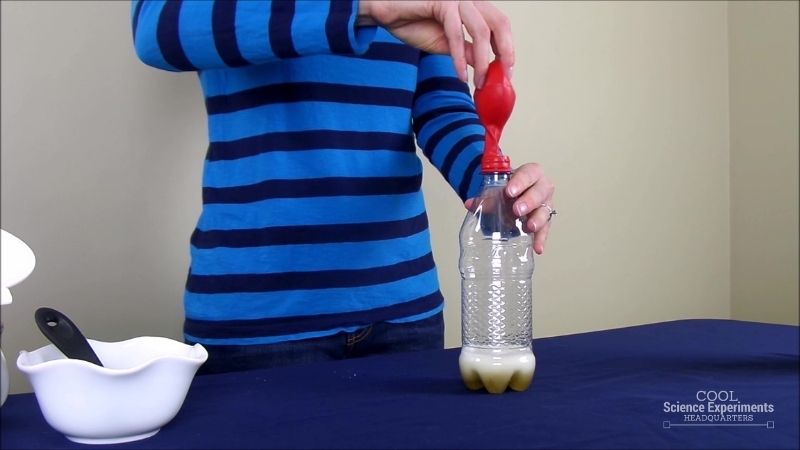


Balloon Blow Up Science Experiment



Baking Soda And Vinegar Worksheet Teachers Pay Teachers
Nov 18, · What is the dependent variable in a baking soda and vinegar experiment?Sep 12, 13 · Try not to let any baking soda into the bottle as you do this Finally, when you are ready for some magic, lift the balloon to allow the baking soda to fall into the bottle As soon as the baking soda hits the vinegar, a chemical reaction takes place that produces carbon dioxide This gas is what inflates the balloon!In this experiment, students will combine vinegar and baking soda in a water bottle to create a chemical reaction that inflates a balloon!
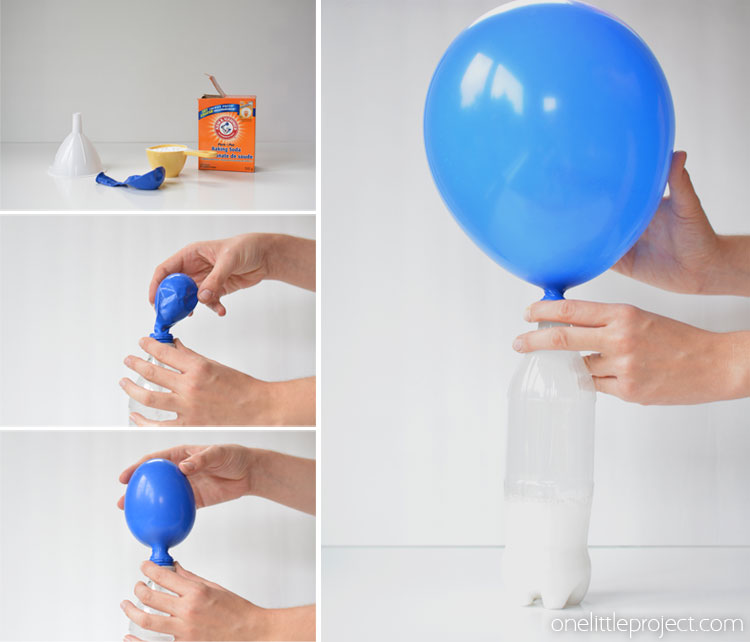


Baking Soda And Vinegar Balloons



Science Project How To Inflate Up A Balloon With Liquid Ppt Video Online Download
The only thing that stopped them is that I ran out of baking soda (and we popped a few balloons)For the parent/student, what terms and concepts are required to better understand the project?May 24, · This Giant Balloon Baking Soda and Vinegar Experiment is a fun science project for kids for them to learn about acid base reactions with an entertaining twist I'm sure you've seen the classic balloon baking soda and vinegar experiment where you mix vinegar and baking soda together in a bottle



Science Project How To Inflate Up A Balloon With Liquid Ppt Video Online Download



Science The Scientific Method Lesson 3 The Scientific Method Balloon Experiment Ppt Download
Jan 31, · The reaction between baking soda (sodium bicarbonate) and vinegar (dilute acetic acid) generates carbon dioxide gas, which is used in chemical volcanoes and other projectsHere is a look at the reaction between baking soda and vinegar and the equation for the reactionA few years ago we explore chemistry with a baking soda and vinegar experiment with balloons To celebrate Earth Day we use an earth balloon and really made the scientific point about expanding air To celebrate Earth Day we use an earth balloon and really made the scientific point about expanding airBaking soda and vinegar should have been able to blow up the ballon every time However, you should have observed that the balloon at room temperature blew up significantly faster than the cold balloon Why?
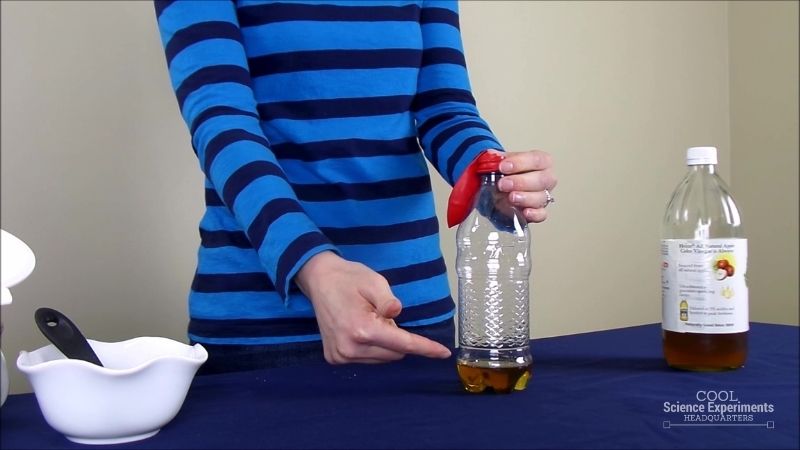


Balloon Blow Up Science Experiment



Baking Soda And Vinegar Chemical Reaction Mister C Youtube
Mar 19, 19 · Baking Soda And Vinegar Balloon Lab Report Science laboratory reports are created to communicate the findings of research study, in such a way that is clear to readers You need to not forget to include any additional details, which might be beneficial for readers Composing a good science laboratory sample is vital if you wish to make your research and your2 days ago · Step 3 The Baking Soda and Vinegar Reaction Vinegar is a weak solution of acetic acid (usually 5%) The other product of the reaction is sodium acetate, which you can use to make Hot Ice For the science buffs in the family, the chemical reaction in the baking sodavinegar mixture can be written as CH3COOH NaHCO3 = CH3COONa CO2 H2OHow to Blow Up a Ballon with Baking Soda & Vinegar!



Baking Soda Vinegar Balloon Worksheets Teaching Resources Tpt
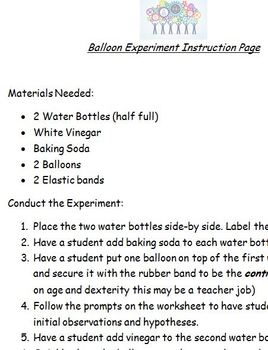


Balloon Baking Soda And Vinegar Experiment Data Collection Sheet
May 29, · Why did the balloon inflate?Apr 13, · The science, behind this balloon baking soda experiment, is the chemical reaction between the base – baking soda – and the acid – vinegar When the two ingredients mix together the balloon baking soda experiment gets its lift!Attach a balloon to the end of the funnel Using the funnel, pour two level teaspoons (10 mL) of baking soda into the balloon (see photo below) (Make sure the funnel doesn't clog, and all the baking soda passes through the neck of the balloon) Pour about 1/2 cup (1 mL) of vinegar into the bottle or flask



Baking Soda Vinegar Balloon Worksheets Teaching Resources Tpt



Conservation Of Mass Activities Study Com



Baking Soda And Vinegar S Reaction Perkins Elearning
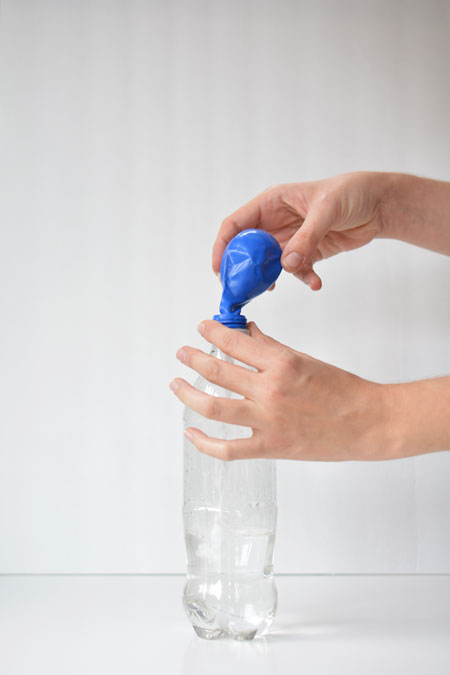


Baking Soda And Vinegar Balloons



Balloon Baking Soda Vinegar Experiment For Kids Bilingual Education Activities


Science Club Reaction Of Vinegar With Bicarbonate Of Soda



Balloon Baking Soda Vinegar Science Experiment For Kids



Blow It Up Room 118 Blow It Up Room 118 Can You Inflate A Balloon Without Using Your Mouth Question Ppt Download



Balloon Baking Soda Vinegar Experiment For Kids Bilingual Education Activities



Expanding Balloon Room Ppt Download
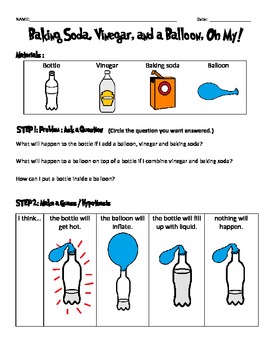


Baking Soda Vinegar And A Balloon Oh My Scientific Method Data Sheet
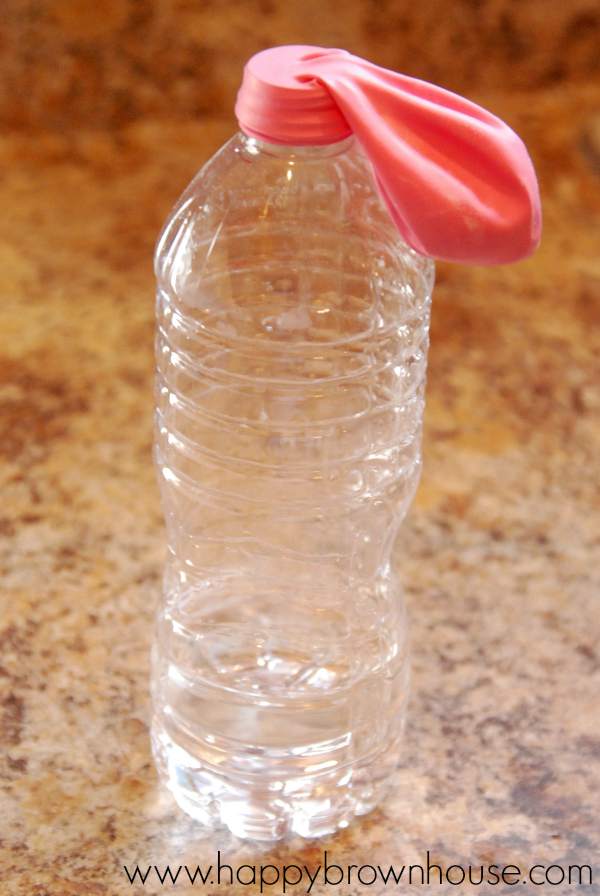


Vinegar And Baking Soda Balloon Experiment Happy Brown House



Baking Soda And Vinegar Reaction 3 Experiments To Do With Kids Youtube



Baking Soda And Vinegar Balloon Experiment Science Project Education Com



Chemical Or Physical Change Perkins Elearning
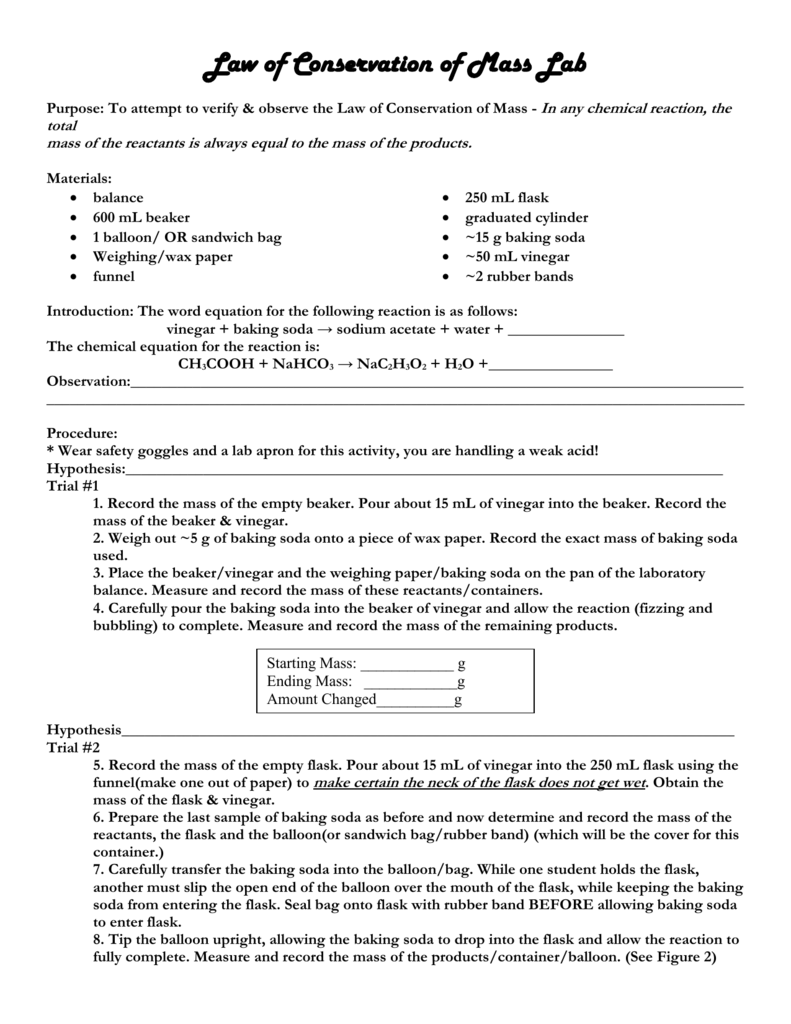


Law Of Conservation Of Mass Lab



Balloon Baking Soda Vinegar Kids Science



Wait Weight Don T Tell Me Chemistry Earth Science Science Activity Exploratorium Teacher Institute Project
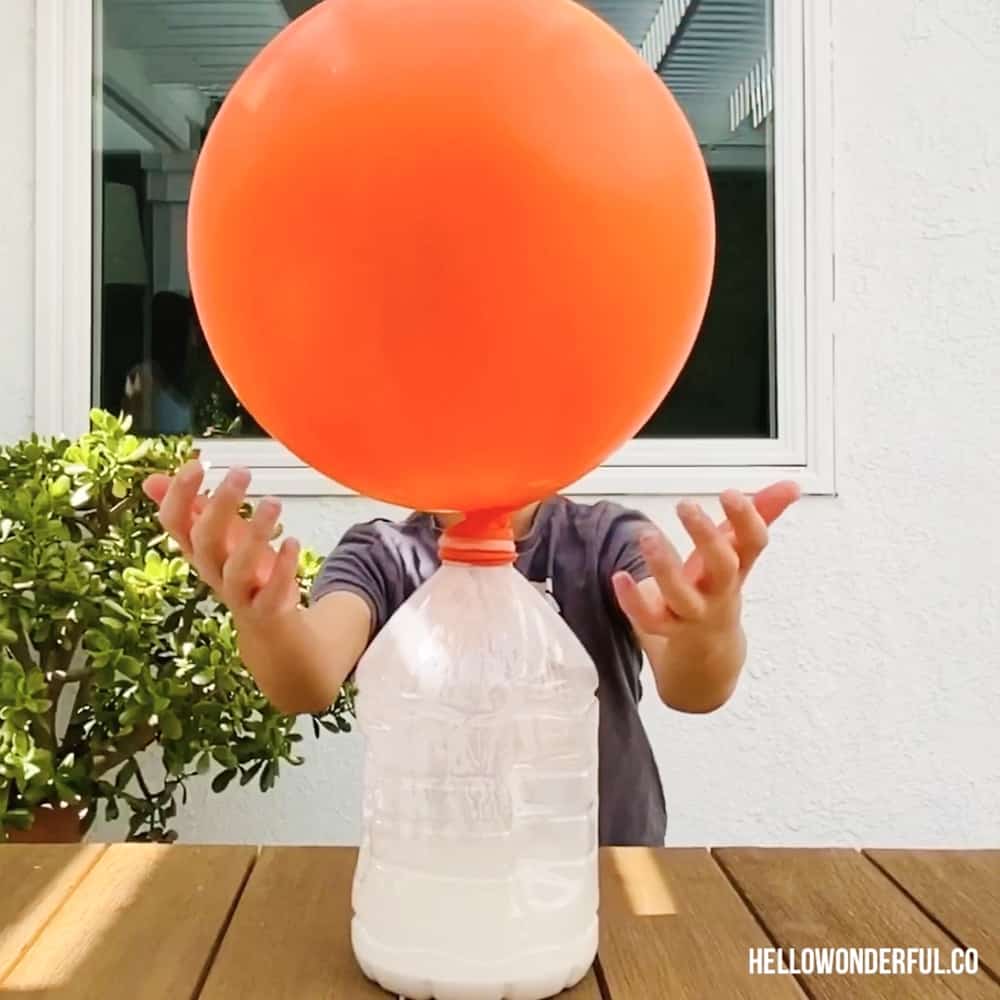


Giant Balloon Baking Soda And Vinegar Experiment Hello Wonderful
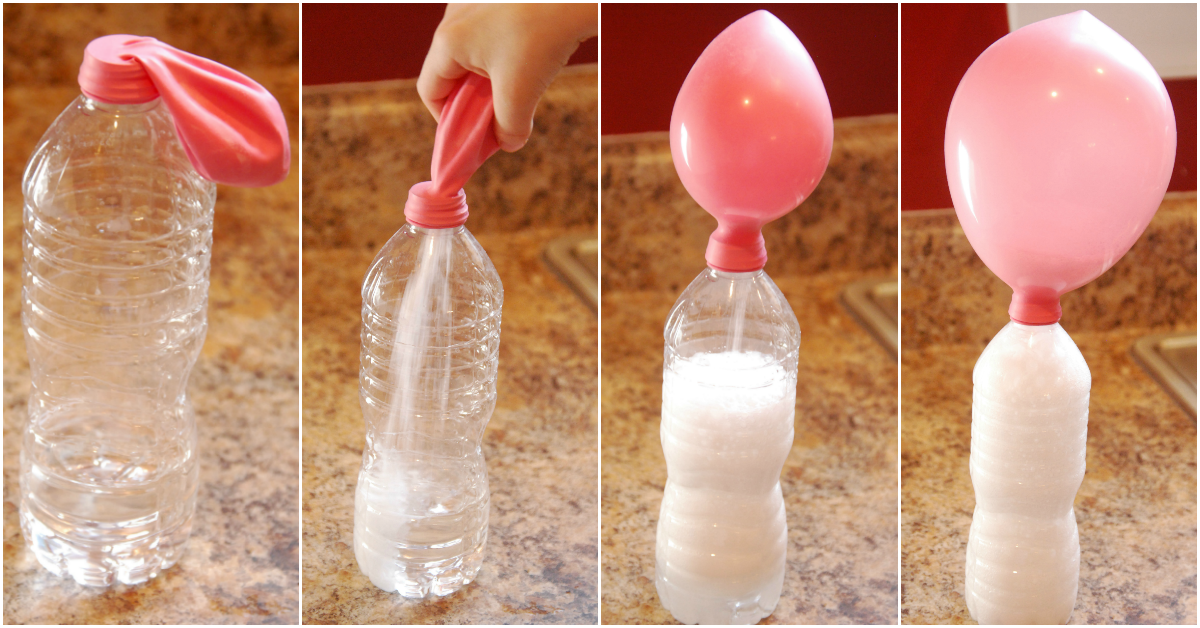


Vinegar And Baking Soda Balloon Experiment Happy Brown House
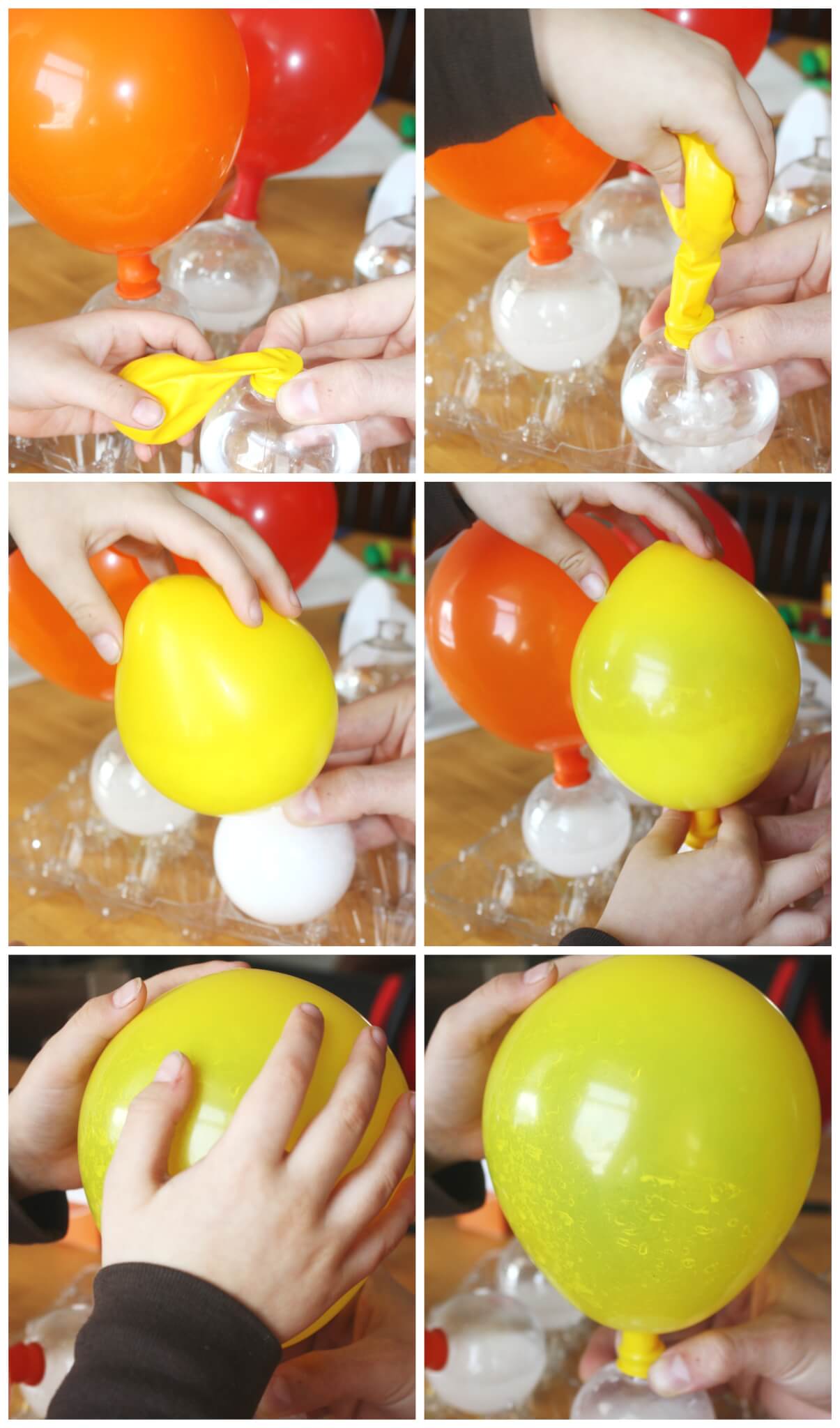


Balloon Baking Soda Vinegar Science Experiment For Kids



Balloon Baking Soda Vinegar Kids Science
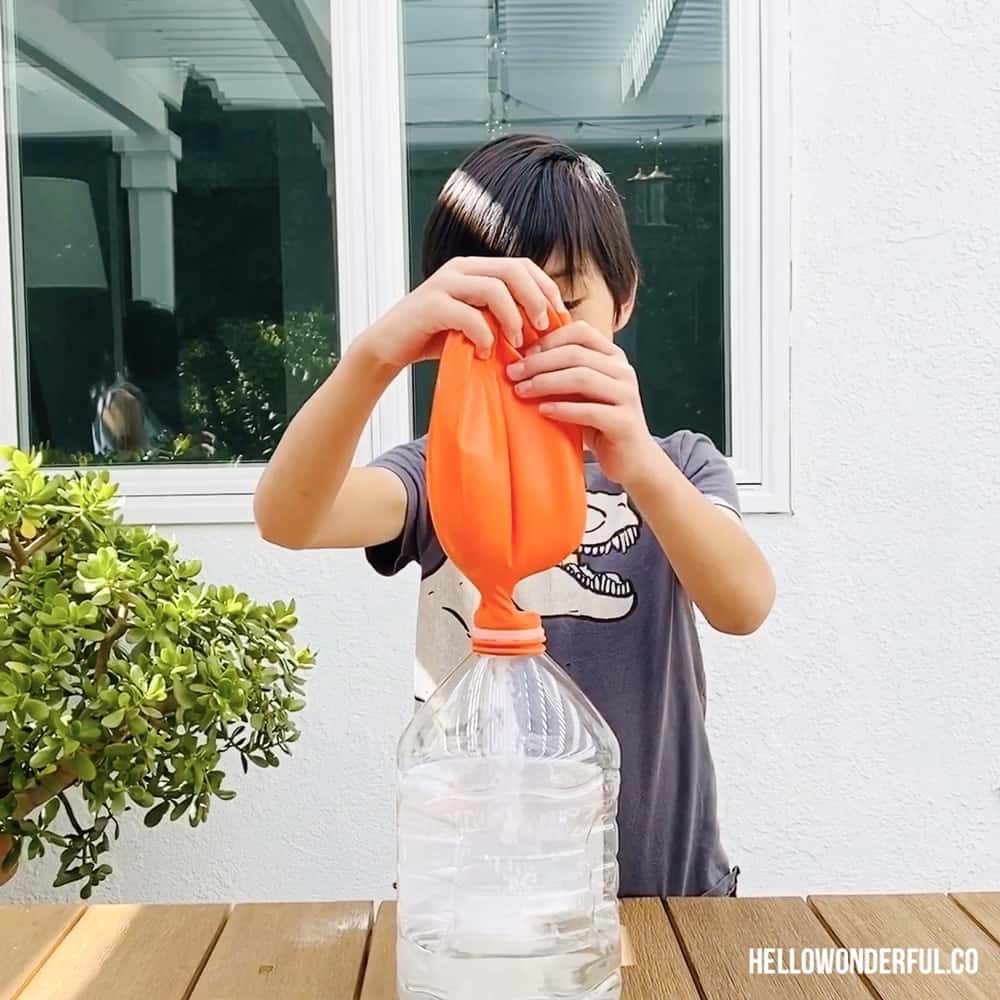


Giant Balloon Baking Soda And Vinegar Experiment Hello Wonderful
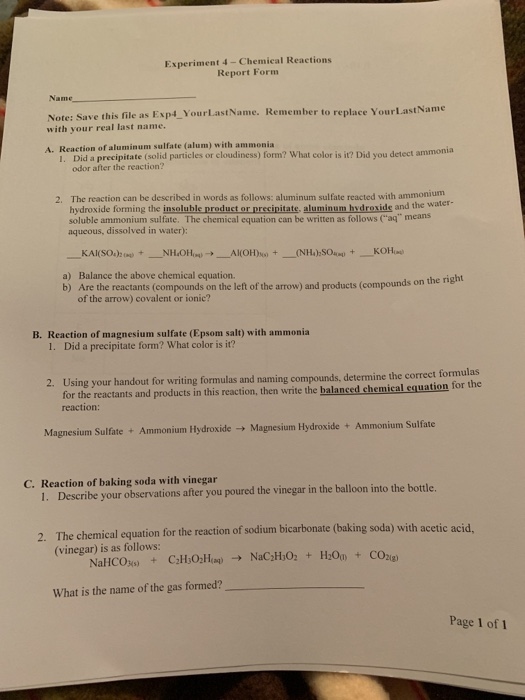


Experiment 4 Chemical Reactions What Happens In Chegg Com



Wait Weight Don T Tell Me Chemistry Earth Science Science Activity Exploratorium Teacher Institute Project
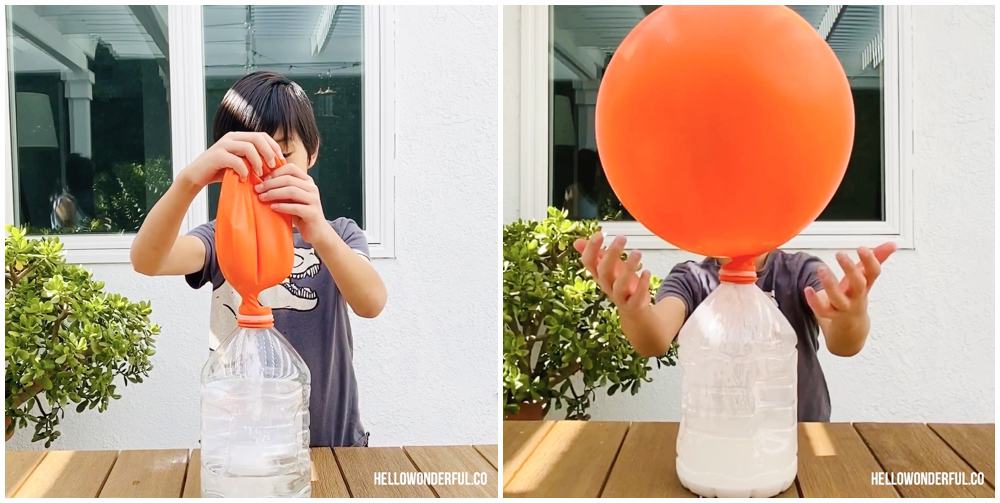


Giant Balloon Baking Soda And Vinegar Experiment Hello Wonderful



Baking Soda And Vinegar Reaction Earth Day Science Experiment



Balloon Baking Soda Vinegar Kids Science
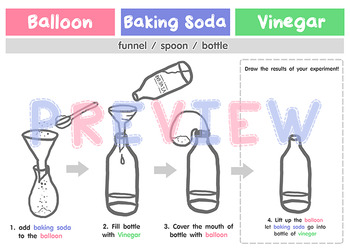


Fun Science Experiment Worksheet Baking Soda And Vinegar Tpt
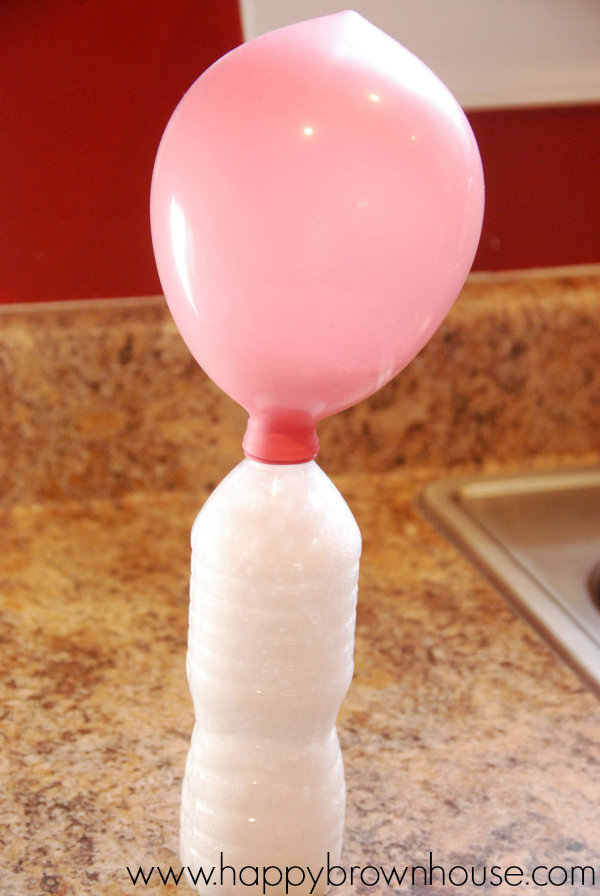


Vinegar And Baking Soda Balloon Experiment Happy Brown House



Science Experiments For Kids Exploring Air Pressure Familyeducation
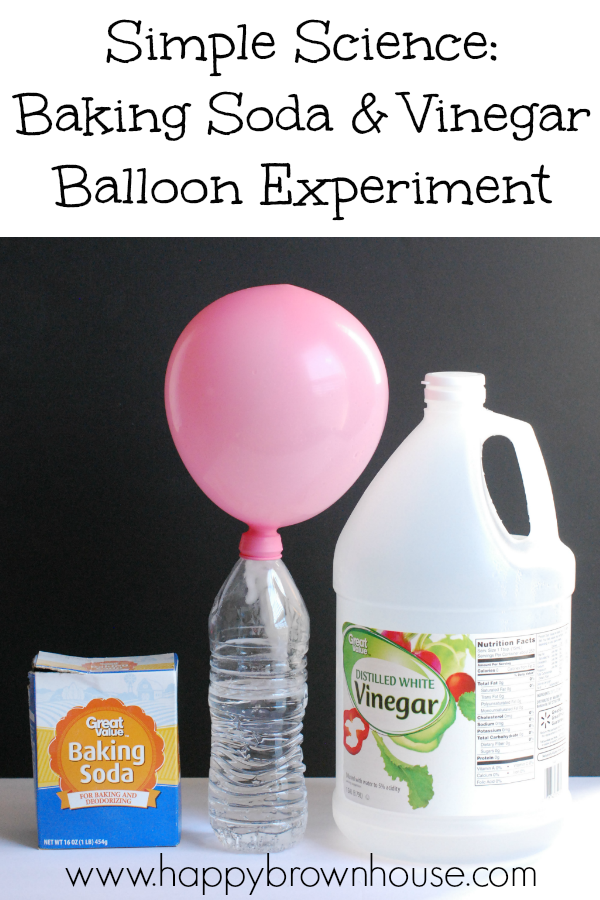


Vinegar And Baking Soda Balloon Experiment Happy Brown House
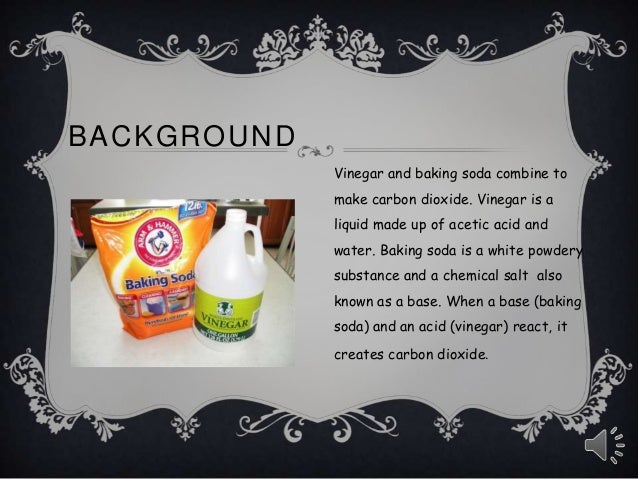


Experimental Report Heavy Balloons



Science The Scientific Method Lesson 3 The Scientific Method Balloon Experiment Ppt Download



Super Fun Experiment For Kids And Big Kids Blow Up Balloons With Vinegar Baking Soda These Will Not F Blowing Up Balloons Fun Experiments For Kids Balloons
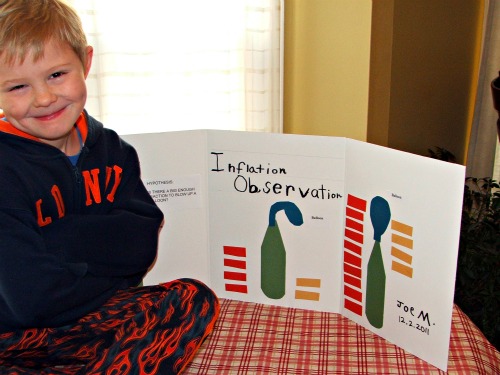


Creating A Science Project Elmersscienceready Detroitmommies Com



Pin On Kid Science



Vinegar And Baking Soda Balloon Experiment Happy Brown House
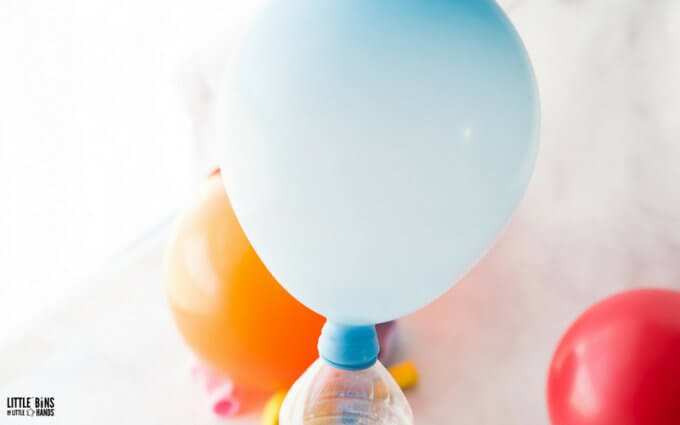


Balloon Baking Soda Vinegar Science Experiment For Kids



Designing An Experiment Using Baking Soda And Vinegar Pdf Free Download
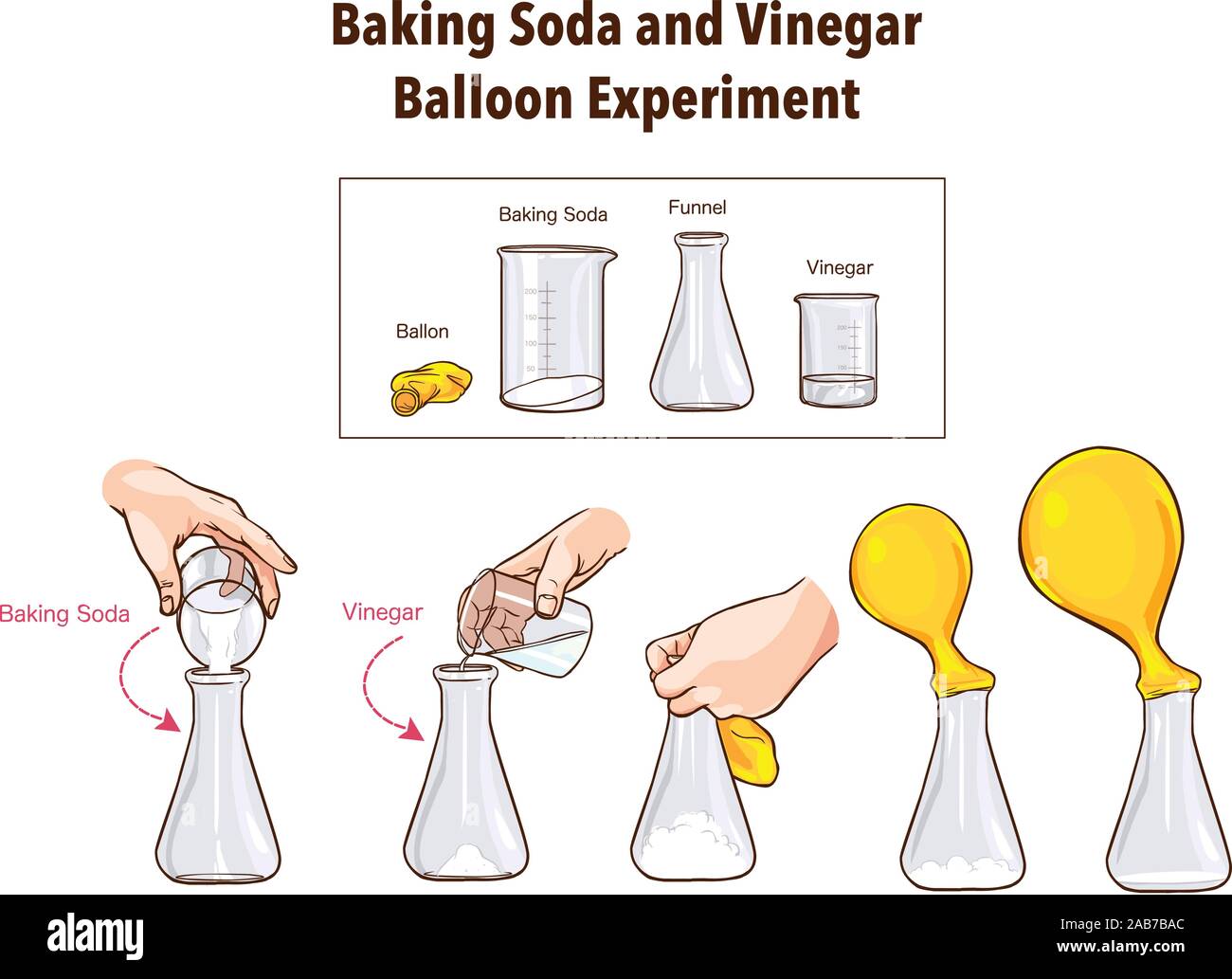


Baking Soda And Vinegar Balloon Experiment Science Stock Vector Image Art Alamy
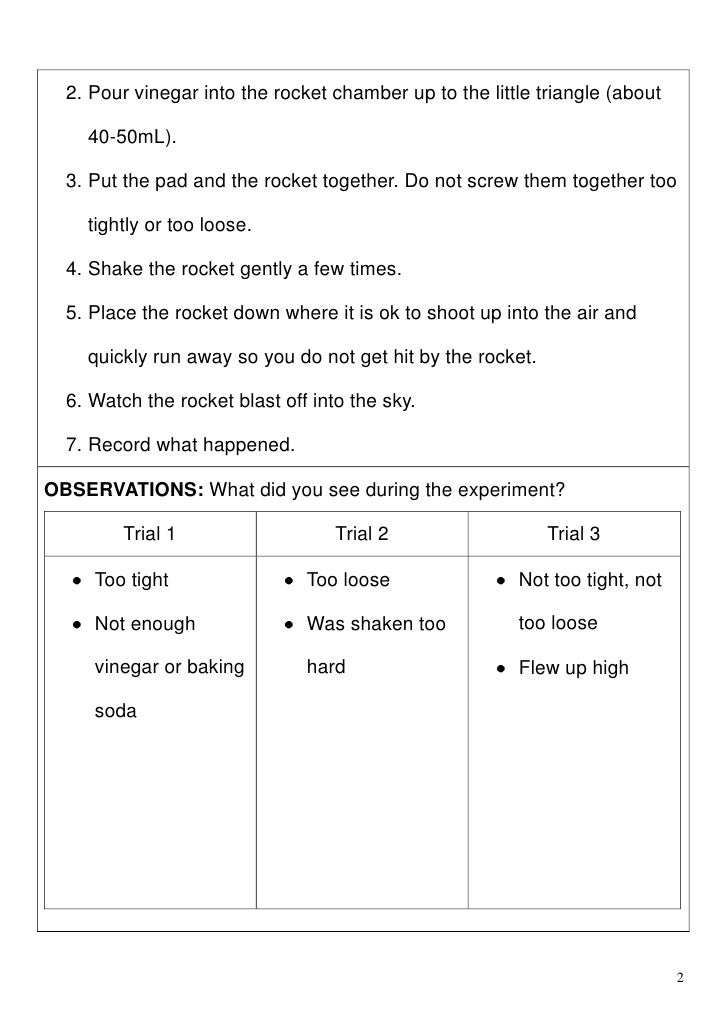


Baking Soda And Vinegar Experiment Report
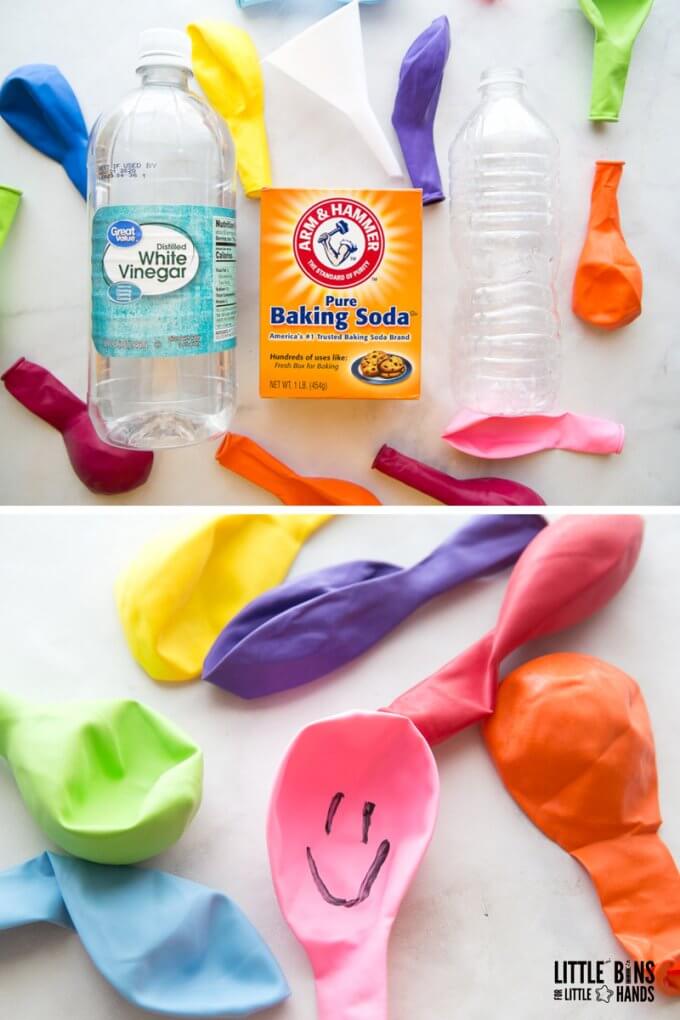


Balloon Baking Soda Vinegar Science Experiment For Kids



Designing An Experiment Using Baking Soda And Vinegar Pdf Free Download



Balloon Baking Soda Vinegar Experiment For Kids Bilingual Education Activities
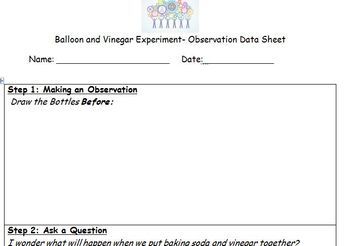


Balloon Baking Soda And Vinegar Experiment Data Collection Sheet
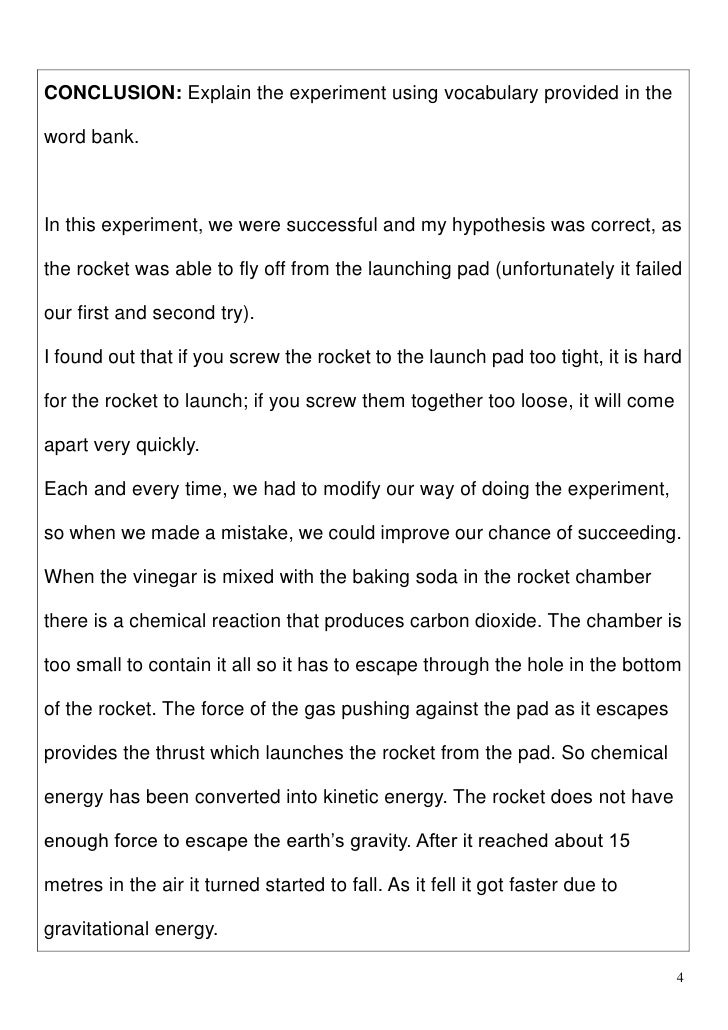


Baking Soda And Vinegar Experiment Report



Classroom Resources Inflating A Balloon With Chemistry ct



Science States Of Matter Jessica Clark Teacher Webpage
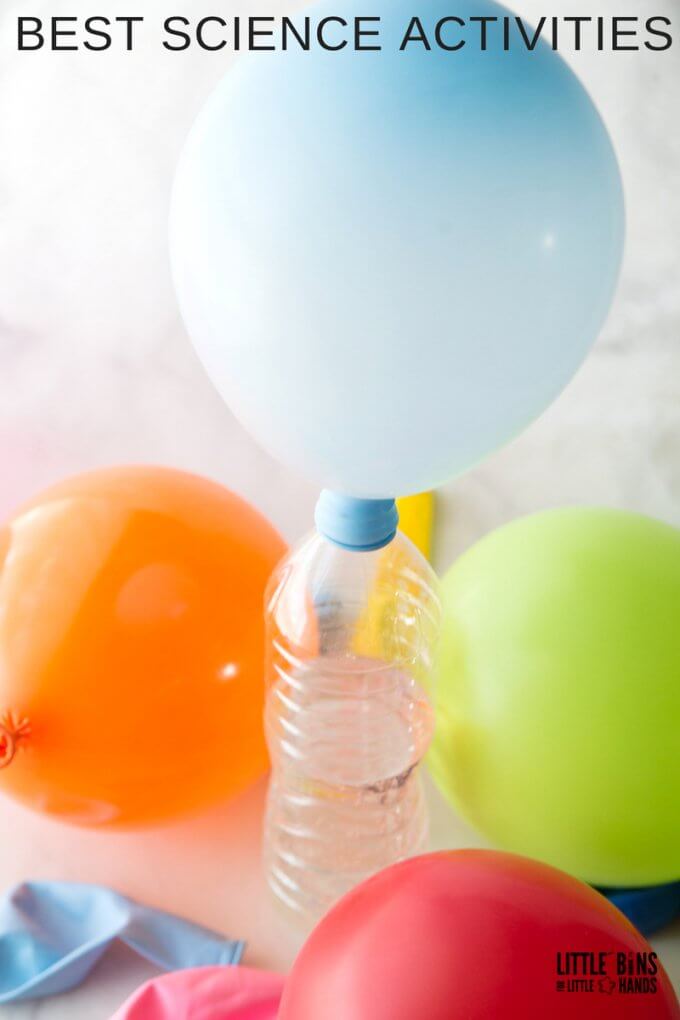


Balloon Baking Soda Vinegar Science Experiment For Kids
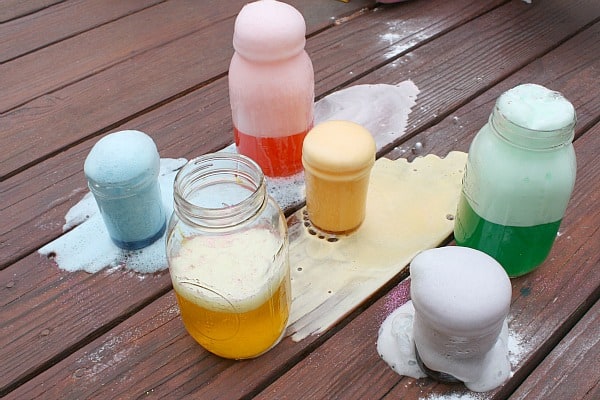


Science For Kids Chemical Reactions Using Baking Soda And Vinegar Buggy And Buddy



Baking Soda And Vinegar Balloons



Fun Science Experiment Worksheet Baking Soda And Vinegar Tpt
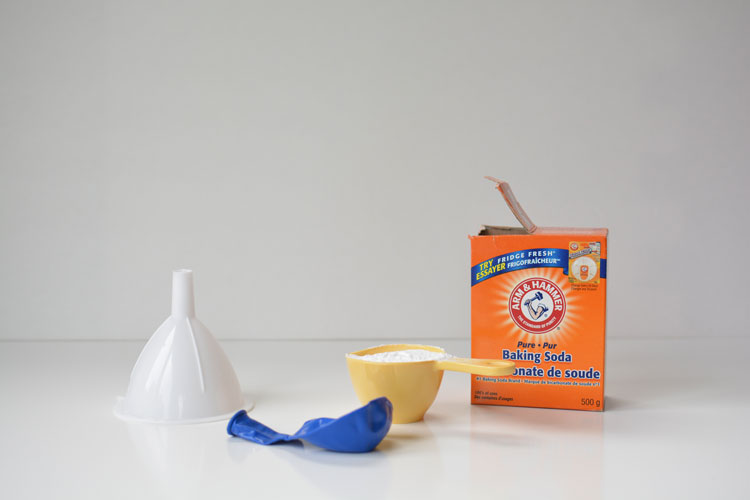


Baking Soda And Vinegar Balloons



Designing An Experiment Using Baking Soda And Vinegar Pdf Free Download
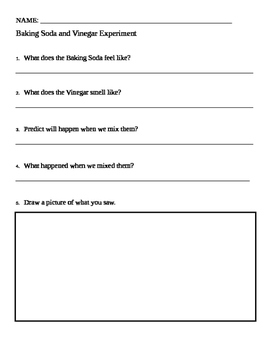


Baking Soda And Vinegar Worksheet Teachers Pay Teachers



How To Make A Heavy Balloon By Pakalana
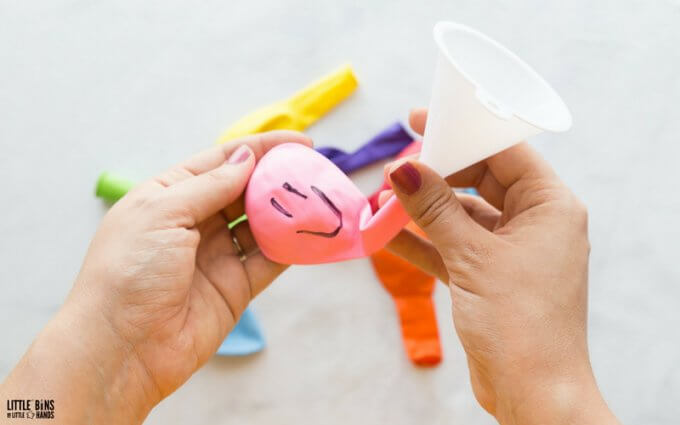


Balloon Baking Soda Vinegar Science Experiment For Kids
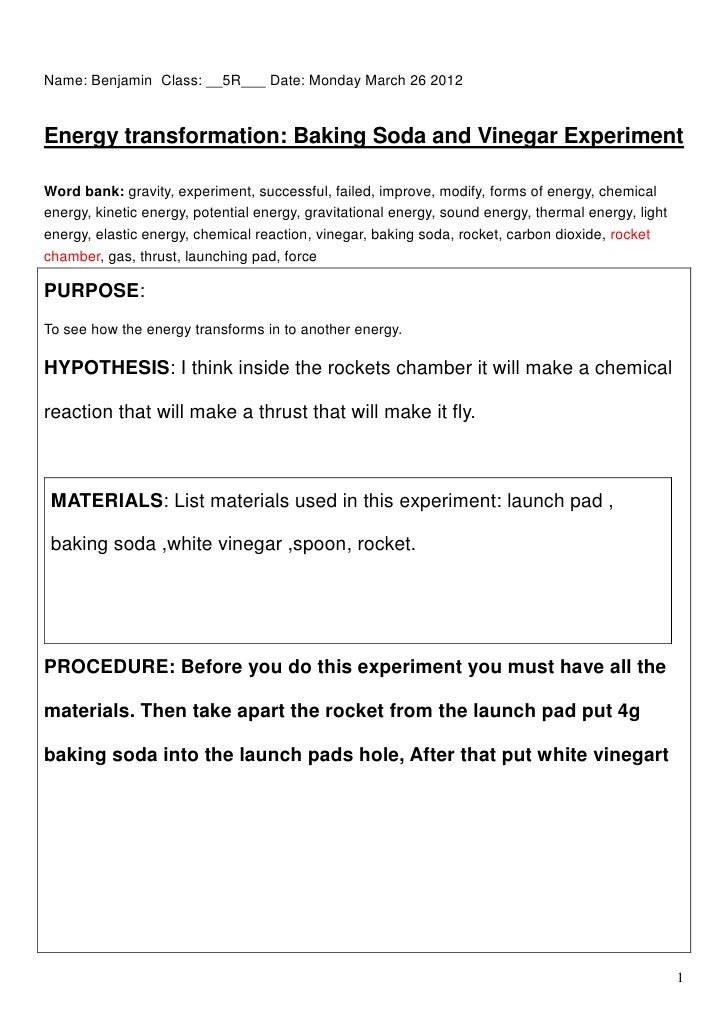


Baking Soda And Vinegar Expt Report
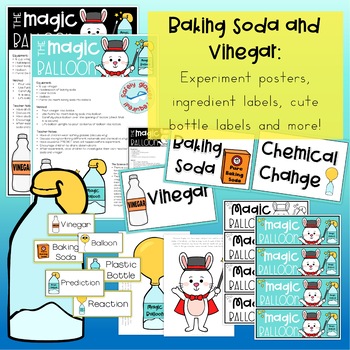


Fun Science Experiments Baking Soda And Vinegar Balloon Experiment
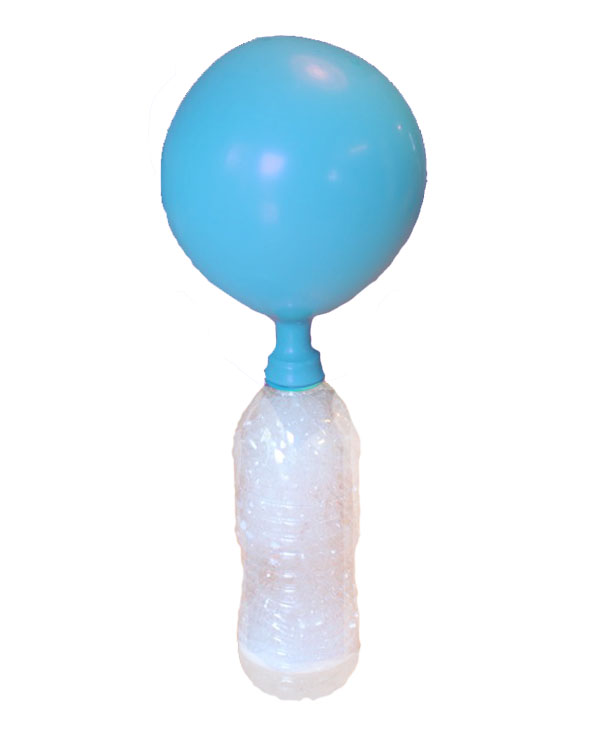


How To Inflate Balloon With Vinegar And Baking Soda Science4fun



Baking Soda And Vinegar Balloon Experiment Youtube



Is This A Chemical Or Physical Reaction
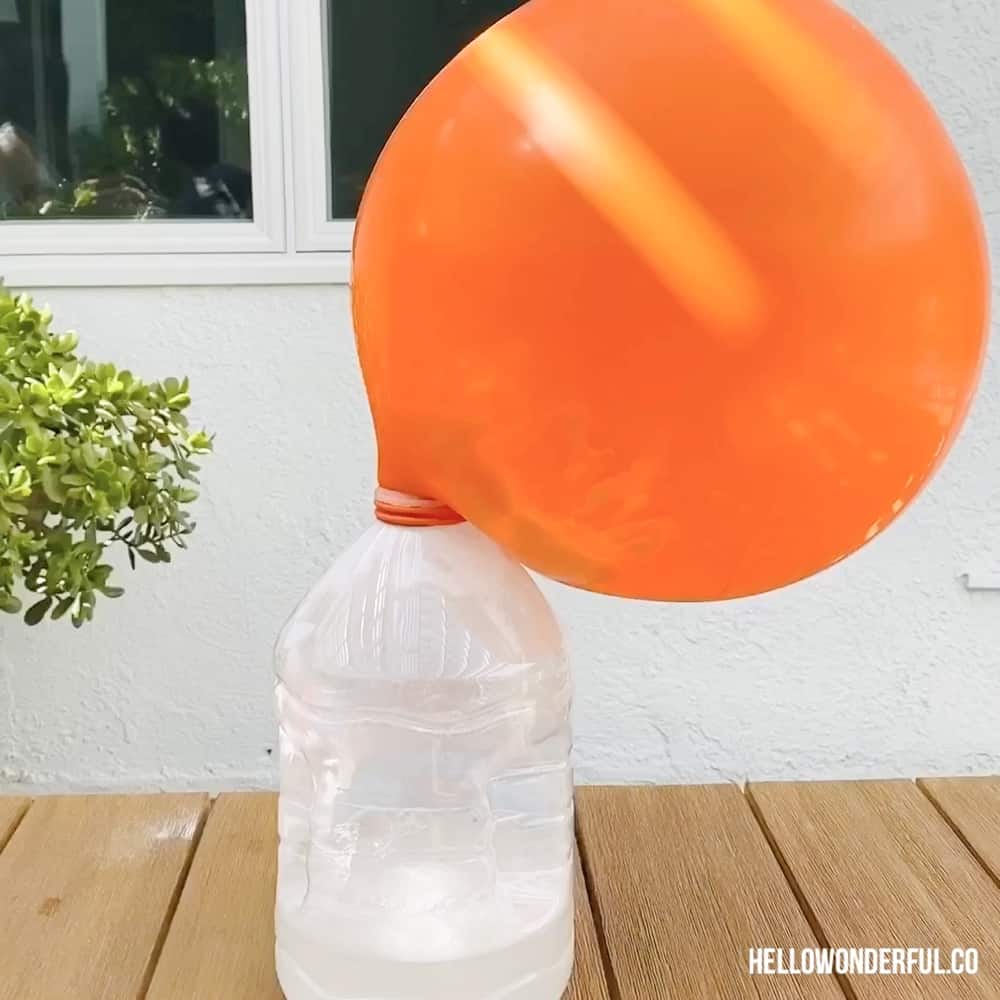


Giant Balloon Baking Soda And Vinegar Experiment Hello Wonderful



Science Project How To Inflate Up A Balloon With Liquid Ppt Video Online Download
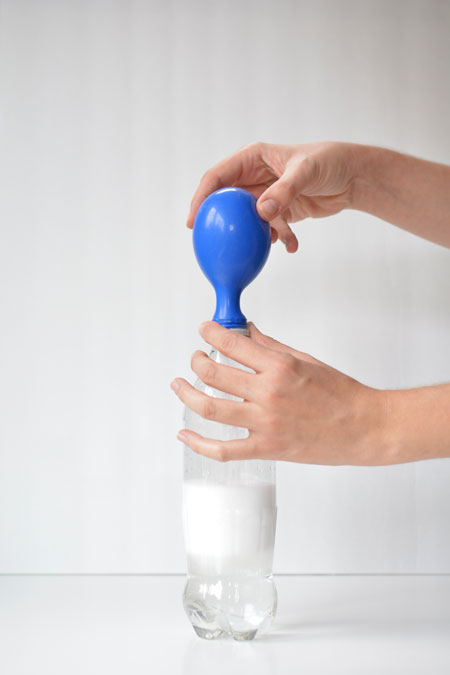


Baking Soda And Vinegar Balloons
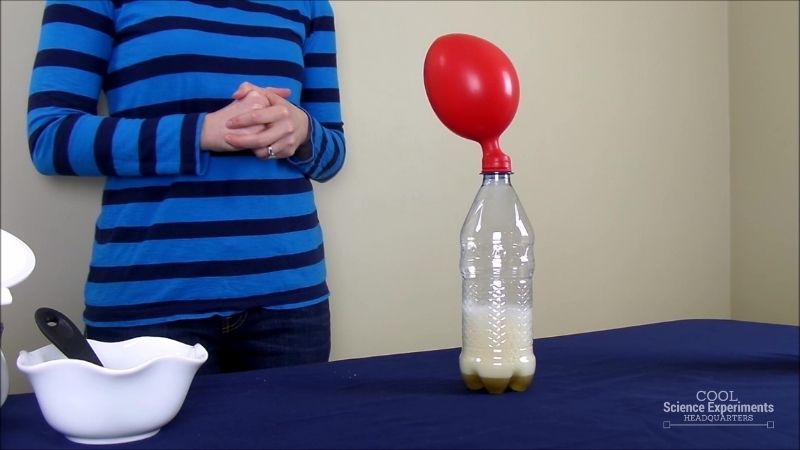


Balloon Blow Up Science Experiment



0 件のコメント:
コメントを投稿